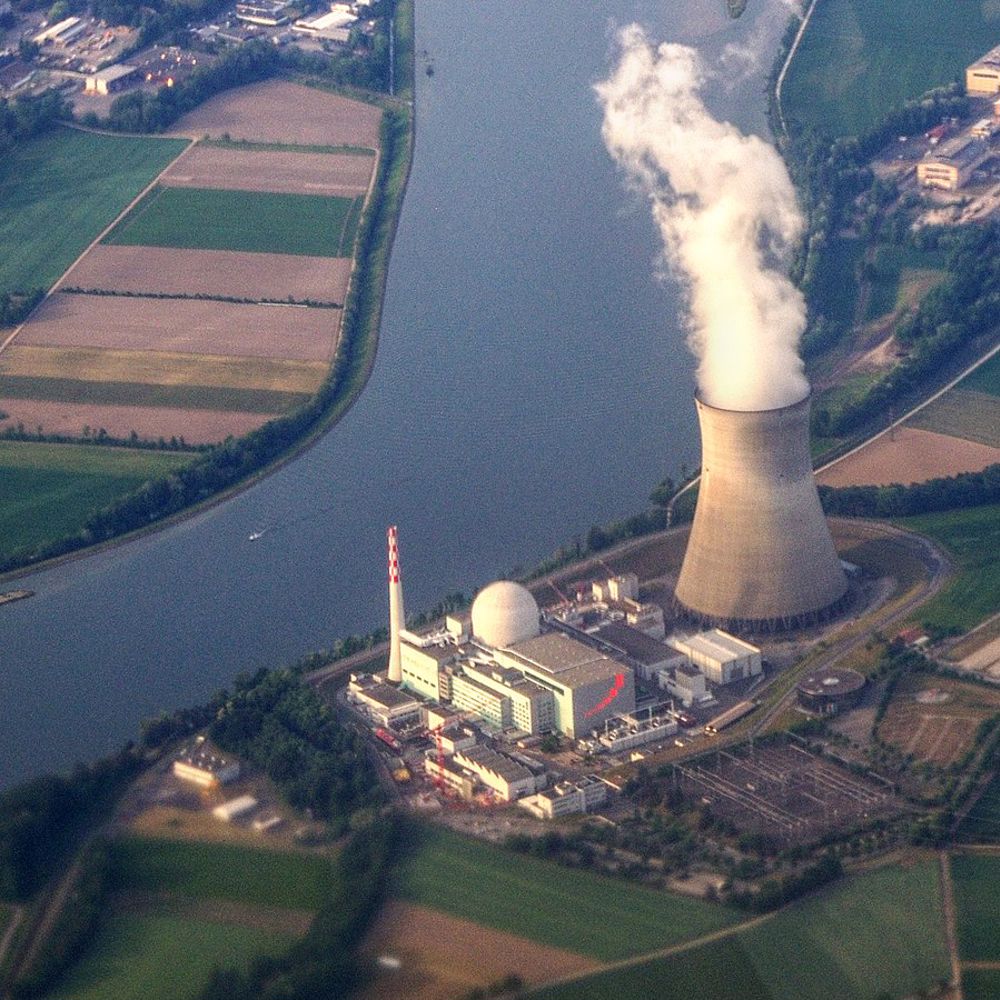Nuclear Power - Origins and Evolution
I was brought up in a council estate in Nottingham and some of my early memories are of watching groups of strong fit men walking up the street laughing and joking with black coal dust faces. On sunny days I was fascinated to see coal dust bouncing from their coats as they walked. This was before the local colliery had pithead showers.
Some years later, many of those same men - my neighbours - had so-called miner's lung and were disabled.
Through the 1950s the news was also depressingly full of mining disasters. Over 120,000 people had been killed in UK mining accidents from 1850 to 1972.
More years later, my PhD supervisor and head of department asked me why I had decided to study Applied Nuclear Science and the above childhood experiences were my answer - and they still are.
We live in a nuclear world. Virtually all sources of energy originate from nuclear processes. The sun is a large very slow nuclear fusion reactor whose light is used by our biosphere to generate oxygen and store energy in chemical bonds. The sun's heat also creates the thermal gradients that drive the weather and give us the option for renewable sources of power. Even geothermal energy comes from radioactive decay inside our earth. So, it should not be a surprise that we should look to use nuclear processes more directly in energy production.
Nuclear fission was discovered in 1938 and there was almost immediate speculation about the possible uses for the large amount of energy released by the process. The first self-sustaining fission chain reaction was announced by Enrico Fermi on December 2nd 1942. His reactor was part of the Manhattan project and was built under the spectator seating at the University of Chicago's Stagg Field.
The story is that it had the safety feature of a safety control rod suspended above the reactor by a rope with a man standing ready with an axe - the "Safety Control Rod Axe Man". It is claimed this is the origin of the expression SCRAM referring to the emergency shutdown of a nuclear reactor. We now use more sophisticated systems!
I have to express admiration for the scientists and engineers at that time whose creativity and endeavours took a new piece of science to a demonstrable potential application in two years.
From the early days, reactor designs have progressed in terms of efficiency and safety based on lessons learned from pilot plants and previous designs. Over time the concept of four generations of reactor design has emerged - relating to improving efficiency and safety. The very first reactors to produce civilian nuclear power such as Calder Hall, Chapelcross and Shippingport are identified as Generation I reactors.
Early in the 1960s the first true commercial power reactors went into service, and these are generally recognized as Generation II systems. The design of these systems incorporated elements that improved safety and increased power output and efficiency.
The safety improvements in the later generation systems are generally associated with the movement from active to passive safety. Active safety systems require actuation via electrical or pneumatic processes whereas passive safety systems require no physical actuation.
Generation Ill designs developed in the 1990s incorporate the passive safety concept into the reactor structures and their safety operations require no human intervention or electrical power. Several are in the process of being built or are early in operation.
A number of potential Generation IV designs are currently being researched, the motivation being further safety improvements, sustainability, efficiency and cost. The designs range from sodium fast reactors to molten salt reactors and very high temperature gas designs. We are probably 10 years from the emergence of a Generation IV system.
